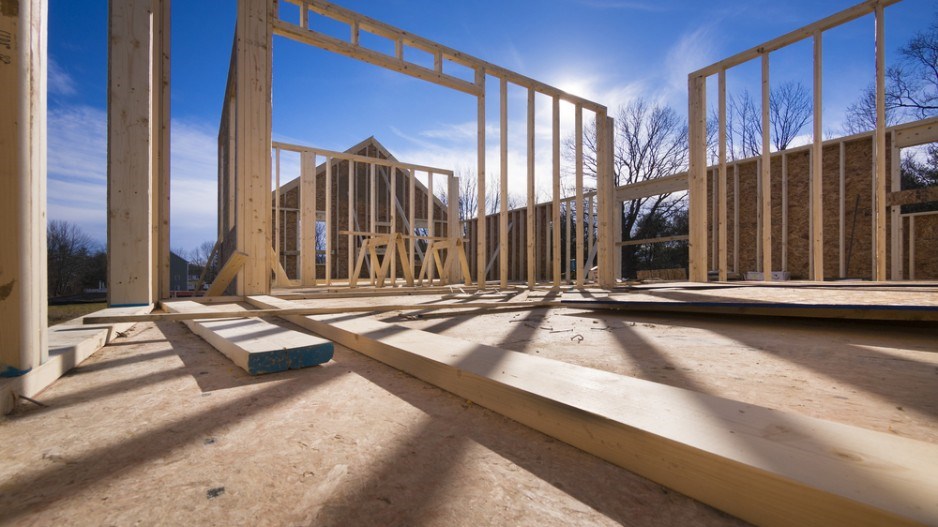Consistent with our expectation for further softening of construction activity, the pace of building permits backtracked in April to a near two-year low. Permits issued by B.C. municipalities slumped to a seasonally adjusted $679.3 million, marking a 20% drop from March and a 30% decline from a year ago, reflecting declines in the residential and non-residential sectors.
On the residential front, volume fell nearly 14% from March to $471.5 million. This was the slowest monthly performance since October 2012. While monthly data is volatile due to the impact of large multi-family projects – which was again the driver in April – the trend has eased since late 2013 and sits near the bottom of the range observed in recent years.
The soft trend in permits points to a slowdown in housing starts and reflects elevated new-home inventory, soft resale market activity and a tempered labour market. While year-to-date permits were down 5% in April, we expect annual levels to hold in line with 2013 and post mild growth of 3%.
Given building intention trends, it is no surprise that residential investment spending decelerated by 5% from the fourth quarter to a seasonally adjusted $3.89 billion. However, the sector remained a positive contributor to year-over-year growth with investment up more than 5%. Growth reflected sharp year-over-year gains in housing starts and home sales. New dwelling investment was up nearly 8%. Renovation investment was 1.3% higher during the period.
Residential investment growth is forecast to narrow to about 2% by the end of the year. Consistent with decelerated building permits in April, housing starts are projected to end the year roughly in line with 2013 as the more tempered pace of activity in recent months continues and cuts new dwelling investment gains. Existing home sales will lift acquisition costs, but at a decelerated pace compared with the first quarter. •
Bryan Yu is an economist at Central 1 Credit Union.




